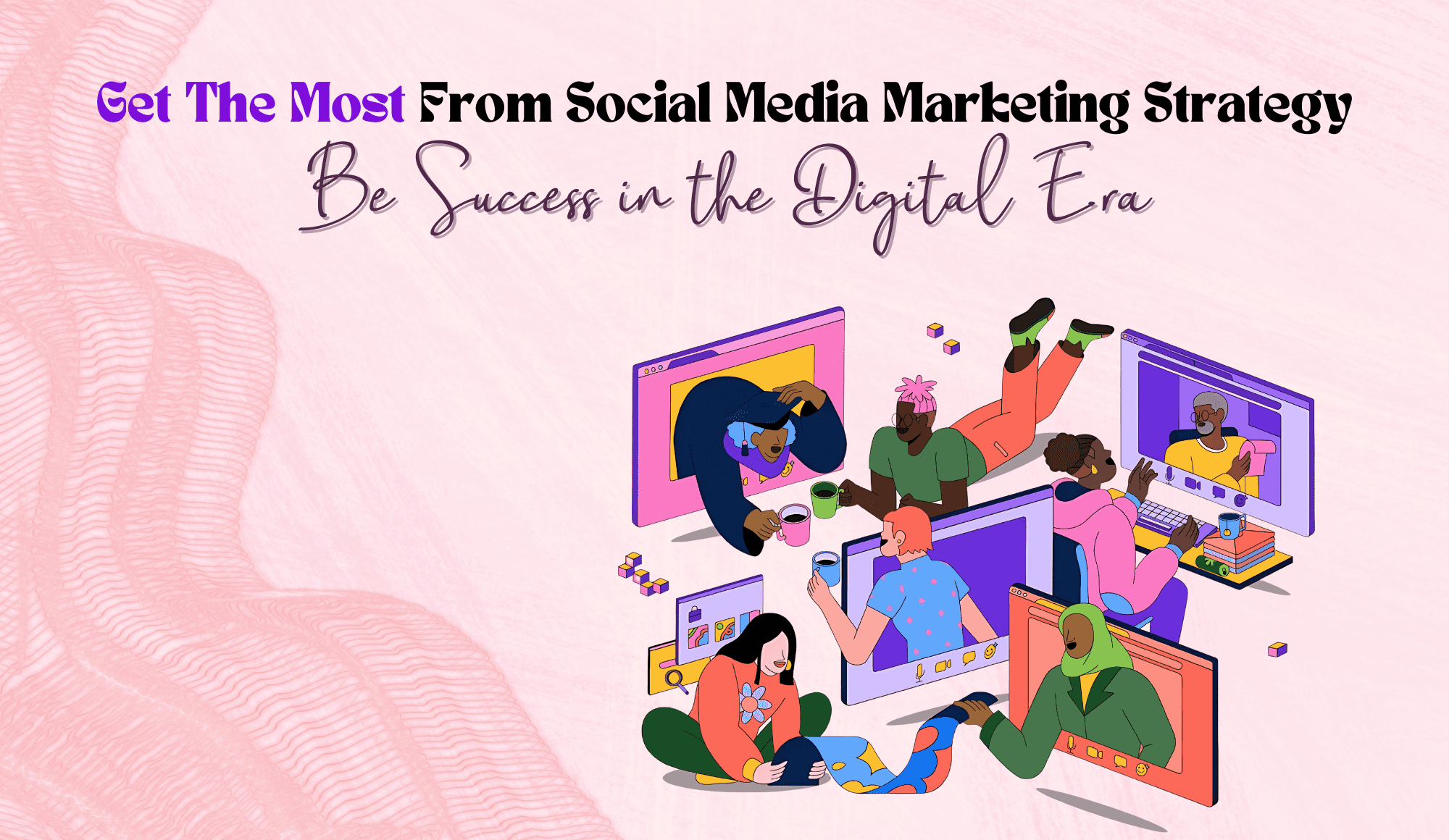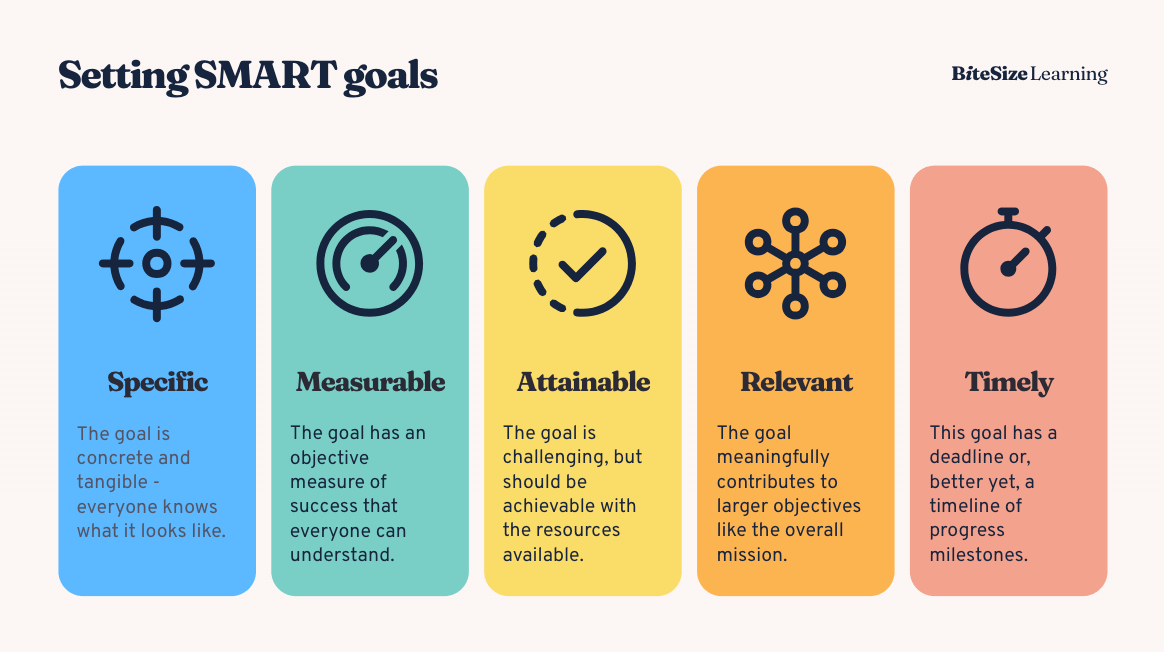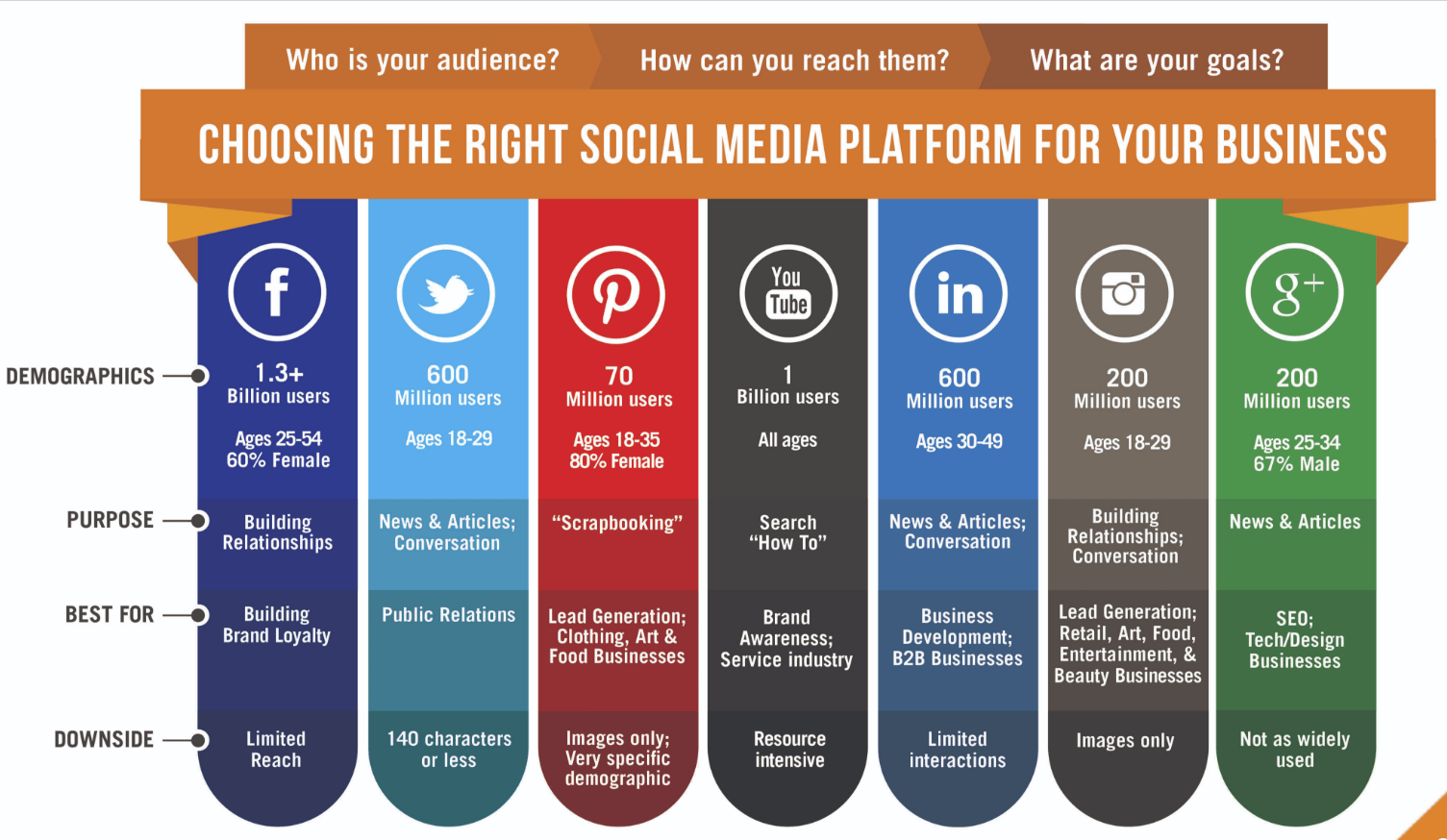In today’s interconnected world, a robust social media marketing strategy is no longer optional but essential for any business looking to thrive. With billions of users across platforms like Instagram, LinkedIn, and Twitter, the potential to connect with your target audience has never been greater. Businesses can harness these platforms to build brand awareness, foster relationships, and drive revenue in ways that were unimaginable just a decade ago. Whether you’re a startup or an established enterprise, the right strategy can make a significant difference in your marketing efforts.
Companies that succeed on social media understand the importance of adapting to the unique characteristics of each platform and staying attuned to their audience’s evolving preferences. This article explores actionable tips and the transformative success businesses can achieve by leveraging a well-planned social media marketing strategy.
Reasons Why a Social Media Marketing Strategy is Crucial
Social media offers businesses unparalleled opportunities to:
1. Increase Brand Visibility
Social media platforms like Facebook, Instagram, and LinkedIn provide businesses with the opportunity to expand brand visibility to millions of users. By leveraging paid ads, hashtags, and content targeted to specific interests, businesses can reach a wider audience and keep their brand top-of-mind, ultimately boosting recognition and attracting potential customers.
2. Engage with Target Audiences
Social media allows businesses to engage directly with their target audience through real-time communication. By responding to inquiries, addressing concerns, and participating in conversations, businesses can build stronger relationships with customers. This interaction not only enhances customer satisfaction but also provides valuable feedback for improvement.
3. Boost Revenue
Social media is a powerful tool for driving revenue. Through targeted campaigns, businesses can increase website traffic, encourage purchases, and promote customer loyalty. Personalized offers, retargeting ads, and engaging content help convert potential leads into customers, while strengthening relationships with existing ones for long-term revenue growth.
With these benefits in mind, having a clear and structured strategy becomes indispensable. Let’s explore how you can build and refine a winning social media marketing strategy.
Key Elements of a Winning Social Media Marketing Strategy
A robust social media marketing strategy is essential for thriving in today’s digital landscape. Here, we focus on actionable, in-depth tips that can elevate your social media marketing efforts to new heights.
1. Define Clear and Achievable Goals
A successful social media strategy begins with well-defined goals. Utilize the SMART framework (Specific, Measurable, Attainable, Relevant, Timely) to set objectives that align with your overall business strategy. For example:
- Increase Instagram engagement by 15% in three months.
- Generate 50 new leads per month via LinkedIn campaigns.
Clear goals ensure focus and provide benchmarks to measure success. Without them, efforts can become scattered, reducing impact.
2. Know Your Target Audience Inside and Out
Understanding your audience is fundamental to crafting content that resonates and drives engagement. Start by using tools like Google Analytics, Facebook Audience Insights, or LinkedIn’s analytics features to gather key information about demographics, interests, and online behaviors. Here’s how to dive deeper:
- Create Detailed Audience Personas: Develop profiles that include your audience’s age, location, interests, challenges, and preferred platforms. For instance, if your target audience is millennials interested in fitness, focus on visually appealing content on Instagram and TikTok.
- Analyze Engagement Patterns: Study when your audience is most active online and identify the types of content they engage with most—videos, infographics, or polls.
Tailoring your content to these insights ensures that your posts resonate with your audience’s preferences, ultimately fostering stronger connections and higher engagement rates.
3. Choose Platforms Strategically
Not all social media platforms are created equal, and each serves a unique purpose depending on your business goals and audience. Focusing on the right platforms can save resources and maximize results. Consider these examples:
- Instagram: Perfect for visual storytelling, lifestyle brands, and influencer collaborations. Share high-quality photos, Reels, and Stories to captivate audiences.
- LinkedIn: Best suited for B2B marketing, professional networking, and thought leadership. Post articles, industry insights, and job opportunities.
- Facebook: A versatile option with a broad user base, ideal for running targeted ads and community-building.
- TikTok: Engage younger demographics with creative, short-form videos that entertain or educate.
Evaluate each platform’s return on investment (ROI) and avoid spreading your efforts too thin by focusing on channels where your audience is most active.
4. Craft Engaging and Diverse Content
The foundation of a successful social media strategy lies in high-quality, engaging content. To keep your audience hooked, incorporate a mix of content types:
- Videos: Create tutorials, behind-the-scenes footage, or live sessions to encourage interaction. For example, a beauty brand can share makeup tutorials on Instagram Reels.
- Infographics: Break down complex information into visually appealing, shareable graphics. Use tools like Canva to design eye-catching posts.
- User-Generated Content (UGC): Showcase customer photos or reviews to build authenticity and trust. For instance, ask followers to tag your brand for a chance to be featured.
- Polls and Interactive Posts: Use Instagram Stories or LinkedIn polls to engage your audience and gather valuable feedback.
Diversity in your content strategy not only maintains interest but also ensures you cater to different audience preferences.
5. Plan with a Comprehensive Content Calendar
A well-organized content calendar keeps your social media efforts consistent and aligned with your broader marketing goals. Include the following:
- Seasonal Events: Capitalize on holidays, awareness weeks, or industry-specific milestones to create timely content.
- Recurring Themes: Use popular hashtags like #ThrowbackThursday or #MotivationMonday to establish consistency.
- Cross-Platform Campaigns: Synchronize your posts across multiple platforms to amplify your message.
Planning ahead reduces the risk of rushed, low-quality posts and allows you to focus on creating impactful content.
6. Harness the Power of Analytics
Regular performance analysis is essential to optimizing your social media strategy. Focus on these metrics:
- Engagement Rate: Assess the percentage of likes, comments, and shares relative to reach. A high engagement rate indicates your content resonates with your audience.
- Click-Through Rate (CTR): Monitor how many users click on your call-to-action links.
- Conversion Rate: Measure how many users complete desired actions, such as signing up for a newsletter or making a purchase.
Use tools like Hootsuite, Buffer, or native analytics dashboards to track and analyze these metrics, enabling data-driven decisions for future campaigns.
7. Leverage Paid Advertising
Paid social media advertising is a powerful tool to reach specific audiences and amplify your organic efforts. Strategies to consider include:
- Custom Audiences: Retarget users who have visited your website or engaged with your content.
- Lookalike Audiences: Identify new potential customers similar to your existing ones.
- A/B Testing: Experiment with different ad creatives, headlines, and calls-to-action to determine what performs best.
Platforms like Facebook Ads Manager or LinkedIn Campaign Manager offer detailed targeting and performance-tracking options, ensuring you get the most out of your investment.
8. Engage Actively with Your Community
Active engagement is a cornerstone of building trust and loyalty. Make your brand relatable by:
- Responding Promptly: Reply to comments, messages, and reviews to show you value your audience’s input.
- Hosting Live Sessions: Use platforms like Instagram or YouTube for Q&A sessions, product launches, or tutorials.
- Running Giveaways: Encourage participation by offering exclusive perks or prizes.
Such interactions not only humanize your brand but also foster a sense of community, encouraging long-term loyalty.
9. Stay Ahead with Emerging Trends
Social media is ever-evolving, and staying updated is vital for maintaining relevance. Keep an eye on:
- New Content Formats: Experiment with Instagram Reels, LinkedIn Newsletters, or other emerging features.
- Platform Updates: Adapt to algorithm changes to ensure your content continues to reach your audience.
- Shifting Preferences: Stay informed about changing user behaviors and preferences to refine your approach.
Being proactive in embracing trends ensures your strategy remains effective in a dynamic landscape.
10. Collaborate with Influencers
Influencer marketing can significantly expand your reach. To maximize results:
- Choose the Right Influencers: Partner with influencers who align with your brand values and audience.
- Prioritize Authenticity: Opt for collaborations that feel natural and genuine.
- Measure Performance: Use unique discount codes or UTM links to track the ROI of influencer campaigns.
For example, a fitness brand could partner with a micro-influencer to promote a new line of workout gear, leveraging their niche audience for targeted engagement.
11. Optimize Posting Frequency and Timing
Consistency in posting is crucial, but timing also plays a significant role in maximizing visibility. Tips include:
- Analyze Activity Patterns: Use tools like Sprout Social or CoSchedule to identify when your audience is most active.
- Experiment with Frequency: Find the balance between staying visible and not overwhelming your followers.
By optimizing your posting schedule, you can enhance engagement and ensure your content reaches the right audience at the right time.
12. Experiment with New Approaches
Creativity is key to keeping your social media strategy fresh. Don’t hesitate to:
- Test New Formats: Try innovative content types like carousels, GIFs, or interactive polls.
- Explore Emerging Platforms: Platforms like BeReal might offer untapped potential for engagement.
- Build on Success: Analyze high-performing posts and iterate on what worked well.
Continual experimentation fosters innovation, helping you stand out in a crowded digital landscape.
The Impact of a Strong Social Media Marketing Strategy
1. Increased Brand Awareness
A small fashion brand used Instagram Reels to showcase its products creatively. With consistent posting and the use of trending hashtags, the brand’s follower count grew by 200% within six months, significantly increasing brand visibility.
2. Improved Customer Loyalty
A tech company leveraged Twitter to provide real-time support, resolving customer complaints faster and boosting its Net Promoter Score (NPS) by 15 points. Personalized interactions made customers feel valued, fostering loyalty.
3. Enhanced Sales Performance
A local restaurant launched a Facebook ad campaign promoting a limited-time discount on its signature dish. The campaign generated a 30% increase in bookings within just one week.
4. Global Recognition
A startup specializing in sustainable products used LinkedIn to connect with international distributors. By sharing thought leadership content, they secured partnerships in over 10 countries, significantly expanding their market reach.
Overcoming Challenges in Social Media Marketing
1. Algorithm Changes
Frequent algorithm updates can impact your organic reach. To stay ahead:
- Diversify your strategy with a mix of organic and paid campaigns.
- Experiment with different content formats to determine what performs best.
- Focus on building a loyal community that consistently engages with your content.
2. Negative Feedback
Social media can expose businesses to public criticism. Handle negative comments professionally by:
- Responding promptly and respectfully.
- Acknowledging mistakes and offering solutions.
- Using constructive feedback to improve products or services.
3. Time Constraints
Managing multiple platforms can be overwhelming. Simplify your workflow with tools like Hootsuite or Buffer, which allow you to schedule posts, monitor engagement, and analyze performance from a single dashboard.
Measuring the ROI of Your Social Media Marketing Strategy
Key Metrics to Track
- Reach: The number of users who see your posts.
- Engagement: Includes likes, shares, comments, and clicks.
- Conversions: Sales, sign-ups, or other actions generated by your campaigns.
Tools for Measurement
- Google Analytics: Tracks website traffic driven by social media.
- Platform-Specific Insights: Use tools like Instagram Analytics, Facebook Insights, or LinkedIn Analytics to monitor platform performance.
- CRM Tools: Integrate platforms like HubSpot to analyze customer interactions.
Conclusion
The social media landscape is continually evolving, and businesses must adapt to stay competitive. Emerging technologies like augmented reality (AR) and virtual reality (VR) offer exciting possibilities for immersive marketing experiences. Additionally, the rise of decentralized social networks could reshape how brands connect with their audiences.
A well-executed social media marketing strategy can revolutionize your business, driving brand awareness, customer engagement, and revenue growth. By setting clear goals, understanding your audience, and staying adaptable, your brand can thrive in the ever-changing digital landscape.
Invest in your strategy today and watch your social media channels become powerful assets in your business growth journey. Remember, success in social media marketing requires consistency, creativity, and a commitment to delivering value to your audience.
FAQs
How do I determine which social media platforms to focus on?
Choose platforms based on your business goals and where your target audience is most active. For example, Instagram is great for visual storytelling, LinkedIn is ideal for B2B marketing, and Facebook offers versatility for broad audience reach. Evaluate each platform’s ROI to ensure your efforts are focused on the most effective channels.
What are the key elements of a successful social media marketing strategy?
A successful strategy includes setting clear goals, understanding your audience, selecting the right platforms, creating engaging content, planning with a content calendar, analyzing performance with analytics, leveraging paid advertising, and actively engaging with your community.
How can I measure the effectiveness of my social media campaigns?
Track key metrics such as engagement rate (likes, comments, shares), click-through rate (CTR), conversion rate (sales or sign-ups), and reach. Use tools like Google Analytics, platform-specific insights, and CRM tools to measure performance and optimize future campaigns.
How often should I post on social media?
Posting frequency depends on your platform and audience preferences. Consistency is key, but avoid overwhelming your followers with too many posts. Use analytics tools to determine when your audience is most active and experiment with different posting frequencies to find the optimal schedule.





